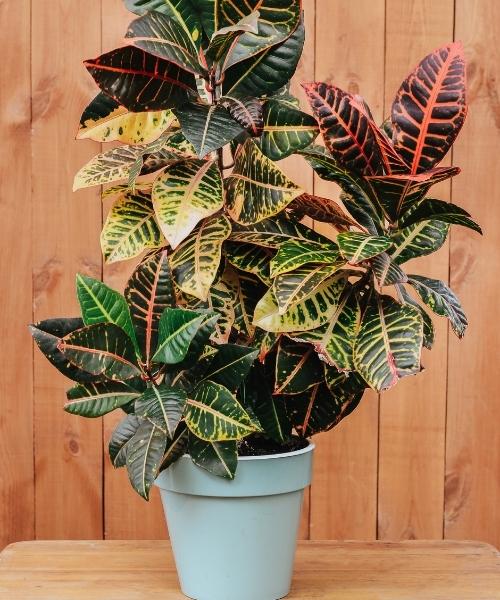
How to care for low light plants
Caring for low light plants in India requires providing the right conditions and meeting their specific needs. Here are some tips to help you care for low light plants:
Choose Suitable Plants: Select plants that are known to thrive in low light conditions. Some popular low light plant options include snake plants, pothos, peace lilies, ZZ plants, and cast iron plants. These plants have adapted to lower light levels and can tolerate shade or indirect light.
Placement: Find the ideal location for your low light plants. Place them in areas of your home or office that receive minimal direct sunlight. North-facing windows or areas away from windows that provide indirect light are suitable for low light plants. Avoid placing them in areas with constant darkness or near sources of heat or drafts.
Monitor Watering: Low light plants typically require less water compared to plants in brighter light conditions. It's important to avoid overwatering, as this can lead to root rot. Before watering, check the moisture level in the soil by inserting your finger about an inch deep. Water only when the top inch of soil feels dry. Ensure that the pot has proper drainage to prevent waterlogging.
Adjusting Watering Frequency: In low light conditions, plants may take longer to dry out, so adjust your watering frequency accordingly. It's better to underwater than to overwater low light plants. Always observe the specific needs of each plant and make adjustments based on their response and the moisture levels in the soil.
Soil and Fertilizer: Use well-draining potting soil for low light plants to prevent waterlogging. This helps maintain proper moisture levels in the root zone. Fertilize sparingly, as low light conditions mean slower growth rates. Use a balanced, diluted fertilizer at half or quarter strength during the growing season (spring and summer) to provide essential nutrients.
Cleaning Leaves: Low light conditions can lead to dust accumulation on the leaves of plants. Regularly clean the leaves with a damp cloth or gently mist them to remove dust and allow the plants to photosynthesize effectively. Clean leaves also help prevent pests.
Maintain Moderate Temperatures: Most low light plants prefer moderate temperatures between 18-27°C (65-80°F). Avoid placing them near cold drafts, air conditioning vents, or heat sources, as extreme temperatures can stress the plants.
Monitor Plant Health: Regularly inspect your low light plants for signs of stress or pests. Look for yellowing or wilting leaves, which may indicate overwatering or inadequate light. Check for pests like mealybugs or spider mites and treat them promptly with organic insecticidal soap or appropriate measures.
By following these care tips, you can ensure the health and well-being of your low light plants in India. Remember to choose suitable plants, provide adequate but not excessive water, and maintain a suitable environment for their growth.
